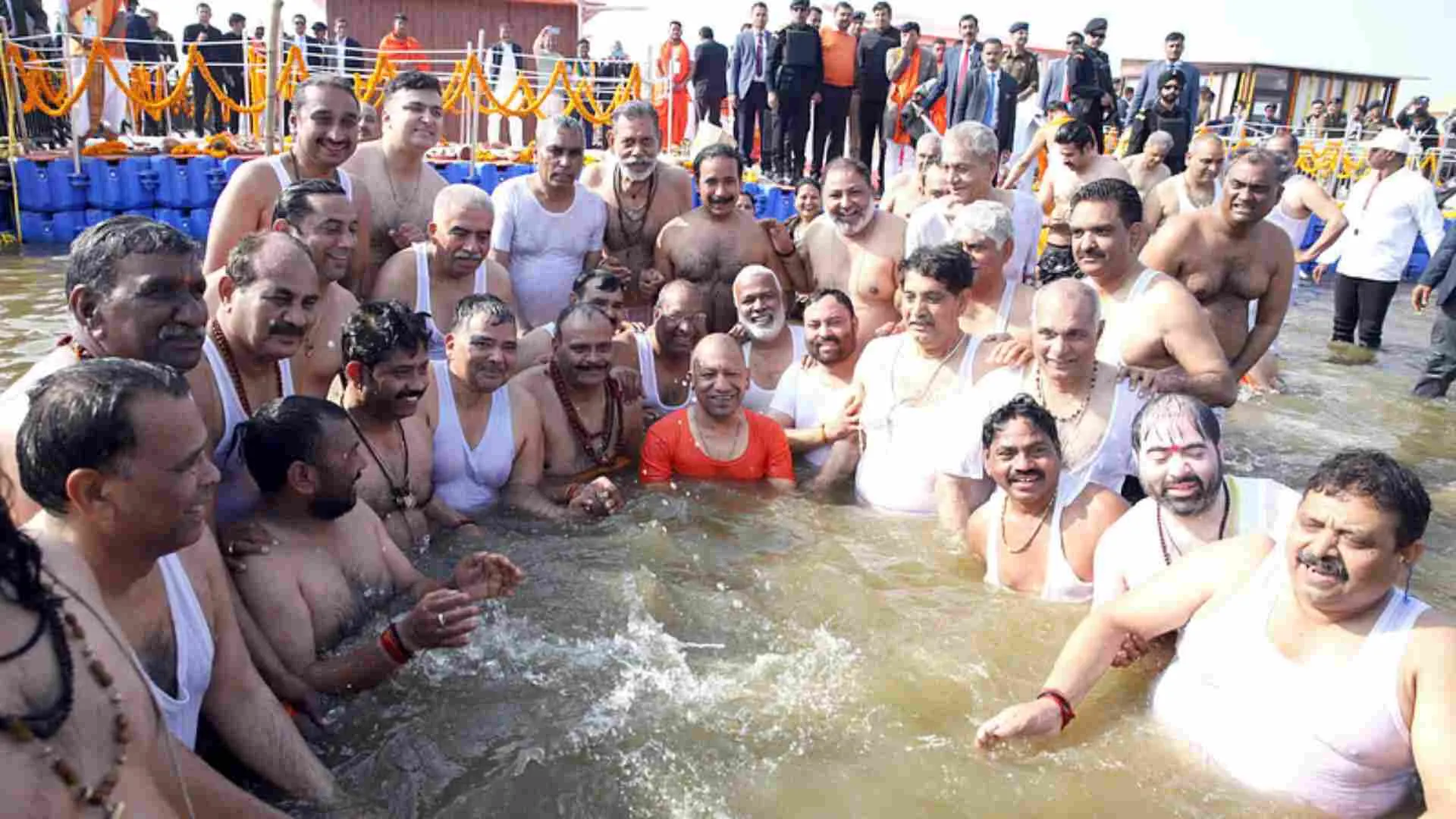Recently, a study published in the American Journal of Human Biology has revealed an astonishing connection between your drinking habits and the length of your fingers. The researchers have found that the ratio between the length of your index finger (2D) and ring finger (4D) may predict the amount of alcohol you will consume. This finding might be related to prenatal hormone exposure and later drinking behaviours.
The 2D:4D Ratio: More Than Just Anatomy
This study examined the “2D:4D ratio,” which measures the length of the index and ring fingers. This ratio is influenced by how much testosterone and estrogen one is exposed to in utero. Those who experience greater levels of prenatal testosterone will have a lower 2D:4D ratio; that is, their ring finger will be longer than their index finger. Conversely, those with a higher exposure to estrogen usually have a higher ratio with their index and ring fingers closer in length.
Study Details and Findings
Researchers from Swansea University and the Medical University of Lodz in Poland studied 258 university students, including 169 women and 89 men, averaging 22 years old. Using calipers to measure finger lengths and the Alcohol Use Disorders Identification Test (AUDIT) to assess alcohol consumption, the team found a clear trend: individuals with lower 2D:4D ratios (indicative of higher prenatal testosterone exposure) were more likely to report higher alcohol consumption.
The study results revealed that those with a lower ratio consumed more alcohol and scored higher on the AUDIT, which tracks risky drinking behaviours. This connection was especially significant among men, with the study noting “large effect sizes,” indicating a strong, substantial correlation between finger ratio and drinking habits.
Stronger Correlation in Men and Right Hand Measurement
Interestingly, the link was found to be stronger in men than women, reinforcing previous studies on the relationship between testosterone exposure and alcohol dependence. The researchers also discovered that measurements from the right hand exhibited a stronger correlation than those from the left hand, suggesting that the right hand may be more sensitive to prenatal hormone levels.
What This Means for Understanding Drinking Behavior
The study’s findings offer a unique perspective on the factors that may contribute to alcohol consumption patterns. While more research is needed to confirm these results and explore underlying mechanisms, the connection between finger length ratio and alcohol use highlights the complex ways in which prenatal hormones might influence behaviour later in life.
This article is for informational purposes only and should not be taken as medical advice. Always consult with a healthcare provider for concerns about alcohol consumption or any health-related issues.























